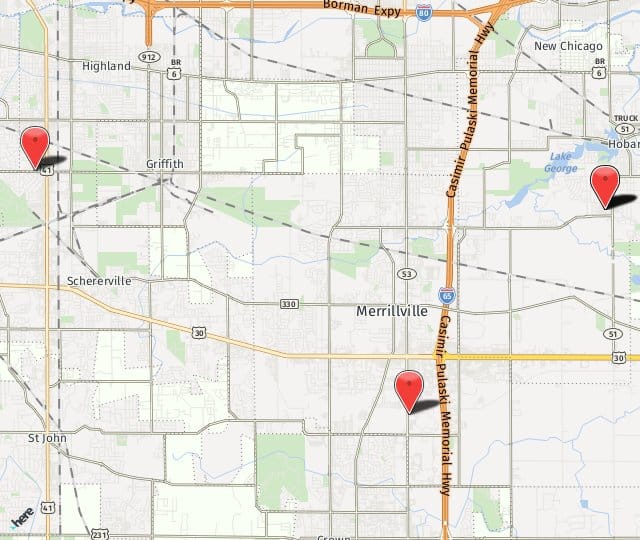
Types of Hip Flexor Strain
There are three grades of hip flexor strains based on the severity. A Grade 1 is minor and may resolve with rest, ice, and OTC pain medicine, while a Grade 3 may cause a complete loss of function that requires medical care. A Grade 2 would fall somewhere between.
Symptoms of a Hip Flexor Strain
Depending on the grade, you’ll likely experience one or more of these in your hip:
- Pain
- Difficulty walking
- Weakness, which may extend up to your abdomen
- Bruising
- Muscle spasm
- Swelling
Is It a Hip Muscle Strain or a Pulled Muscle?
These terms are often treated differently in everyday speech. However, they describe the same thing. A pulled muscle is a tear injury, also called a strain.
Hip Flexor Treatment
Conservative treatments include rest, ice, a compression bandage or shorts, and elevation. Over the counter NSAIDs such as naproxen or ibuprofen can help relieve the pain. However, these medications should not be taken long-term because of the potential risks to your liver and cardiovascular system, so if that pain continues for more than a couple of weeks, you should check in with your doctor. If you have Grade 3 strain, you may have tears and tissue separation in your ligaments, tendons, and muscles, which may require surgery.
Preventing Pulled Muscles in Your Hips
To prevent future hip flexor injuries, once fully healed, focus on increasing hip flexibility by slowly extending your hip and holding a flexed position for at least 15 seconds. Release and repeat. Be sure to gently stretch before significant activity, and don’t participate in physical activity if you already feel some pain in your hip.
Schedule a Consultation
Hip pain and tightness are not normal. You may have a mild to moderate injury that can worsen without proper care. If you’re having hip problems in Merrillville, IN, it’s time to schedule an appointment with the Bone and Joint Specialists. Schedule a consultation at 219.795.3360 or use our online form.

